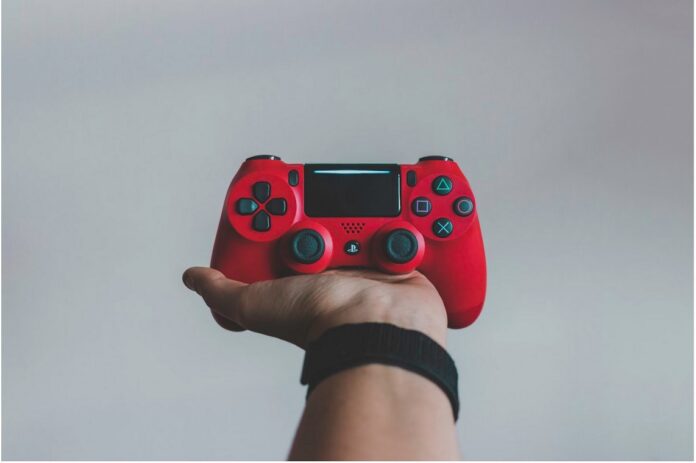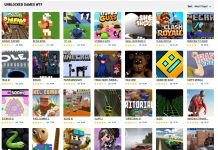
Attracting customers to your business is one thing, convincing them to buy your products or services is another. What’s even more difficult is ensuring they return to your business in the future, a problem that has plagued businesses for decades.
However, recently businesses around the world have looked to online video games for inspiration. By gamifying online platforms and features, they have noticed a significant uptick in customer retention rates, with users returning to platforms far more than they would do previously. Let’s find out more.
What is Gamification?
Gamification may not be a term you’ve come across before, but it’s an increasingly important concept in today’s world of ecommerce and digital business.
To explain gamification, it’s best to look at online video games as an example. Think about what keeps you coming back to a game, you may be levelling up your character in an adventure game, or watering and harvesting your crops in a farming simulator. This continuity that allows you to leave and then return without losing your progress is a core principle of gamification, and it’s what encourages players to return to games again and again and again.
Gamification is the practice of taking these elements from online video games and using them in other situations. It is designed to engage customers on a deeper level and motivate them to continue a pattern of behaviour or a process.
From Online Video Games to Business
We know that gamification can be used to boost customer retention rates and increase loyalty, as evidenced in countless online video games, but what would this actually look like in a business context?
Some ideas can be lifted straight from online video games. You can have things like leaderboards where customers can see how they match up to their peers. They can be measured on things like purchases made, money spent, or time spent on the platform, with these metrics used to draw comparisons and rank customers.
You could also reward customers for reaching certain milestones or objectives. For example, you could reward them for using your service for a set number of consecutive days, or even for referring your business to a specified number of people. Remember, rewards don’t necessarily have to be monetary. You could use special badges that they can display on their profile, which can be just as effective without costing you a penny.
Why Does Gamification Work?
Now that we know how gamification can be used in a customer loyalty capacity, it can be helpful to understand why it works in the first place.
When we play video games or interact with things that feature gamified elements, the reward centres in our brains are activated. Completing objectives or achievements during these activities causes our brains to release a hormone called dopamine, which causes feelings of happiness and contentment.
As a result, people are eager to keep playing games to trigger these pleasant feelings again, which is why games are so popular and why gamified customer loyalty programs can be so successful.
Conclusion
Customer loyalty has always been a tricky thing for businesses to get right. By gamifying online services, businesses can see a considerable increase in retention rates.










